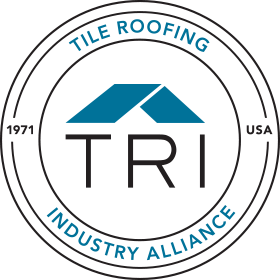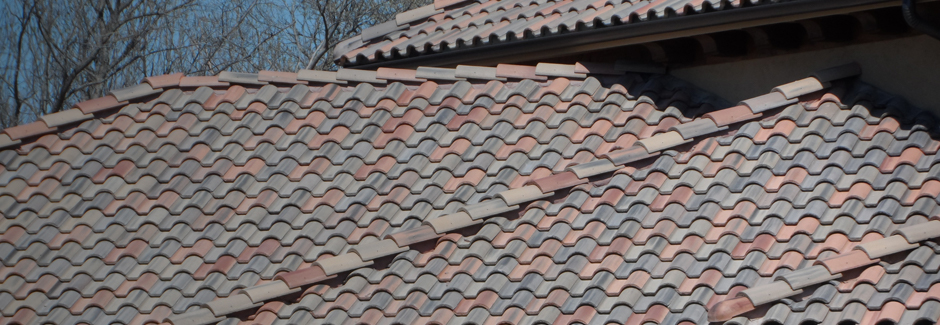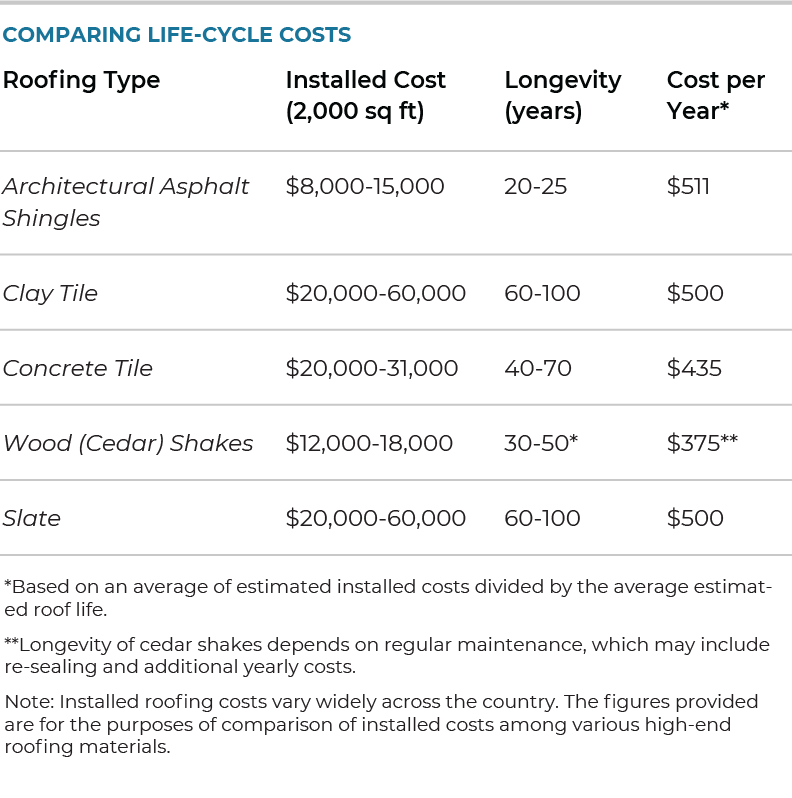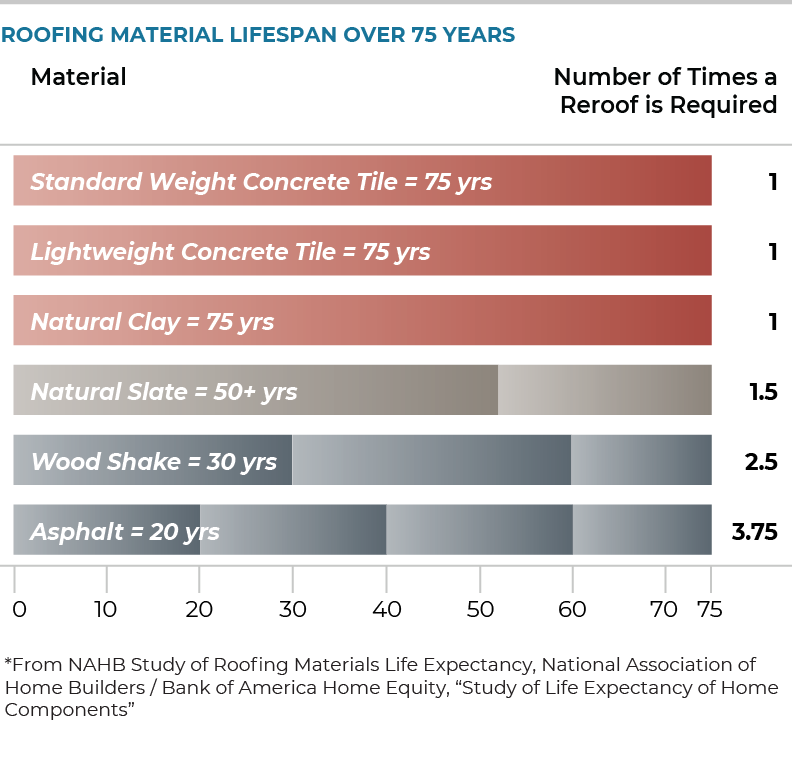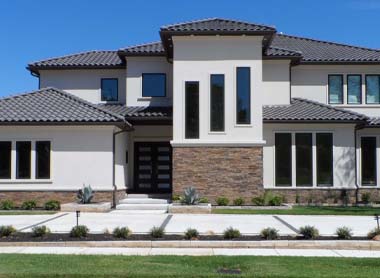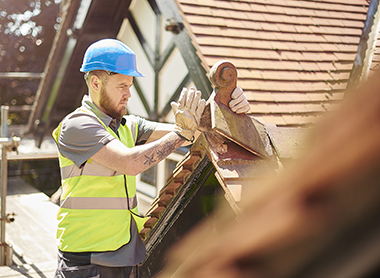Tile roofs have the lowest life-cycle cost of any roofing material. They’re built to last for the life of the structures they protect and to retain their appearance for decades with virtually no maintenance. Exceptional thermal insulating performance can lower energy costs by as much as 20%, and building owners can expect lower insurance premiums too, thanks to pest, wind and fire resistance.
Tile roofs have the lowest life-cycle cost of any roofing material. They’re built to last for the life of the structures they protect, and cost per year of use is the same or less than several other roofing options.
While the cost of a tile roof may appear to be a significant investment, the cost of ownership over the years for other roofing materials becomes less attractive when maintenance costs are factored into the investment. Clay and concrete tile roofs are virtually maintenance-free, while after 20 years of ownership, asphalt shingles appear worn or like a patchwork quilt of new and faded colors when worn shingles are replaced during routine maintenance. Unlike tile roofs, which often outlive the life of a structure, asphalt shingles are near the end of their life cycle, requiring replacement. Cedar shake roofing requires treatment every two to three years to maintain color and a level of fire resistance – treatment that requires professional skill to maintain properly – adding hefty maintenance costs to the life cycle cost of a roof.
